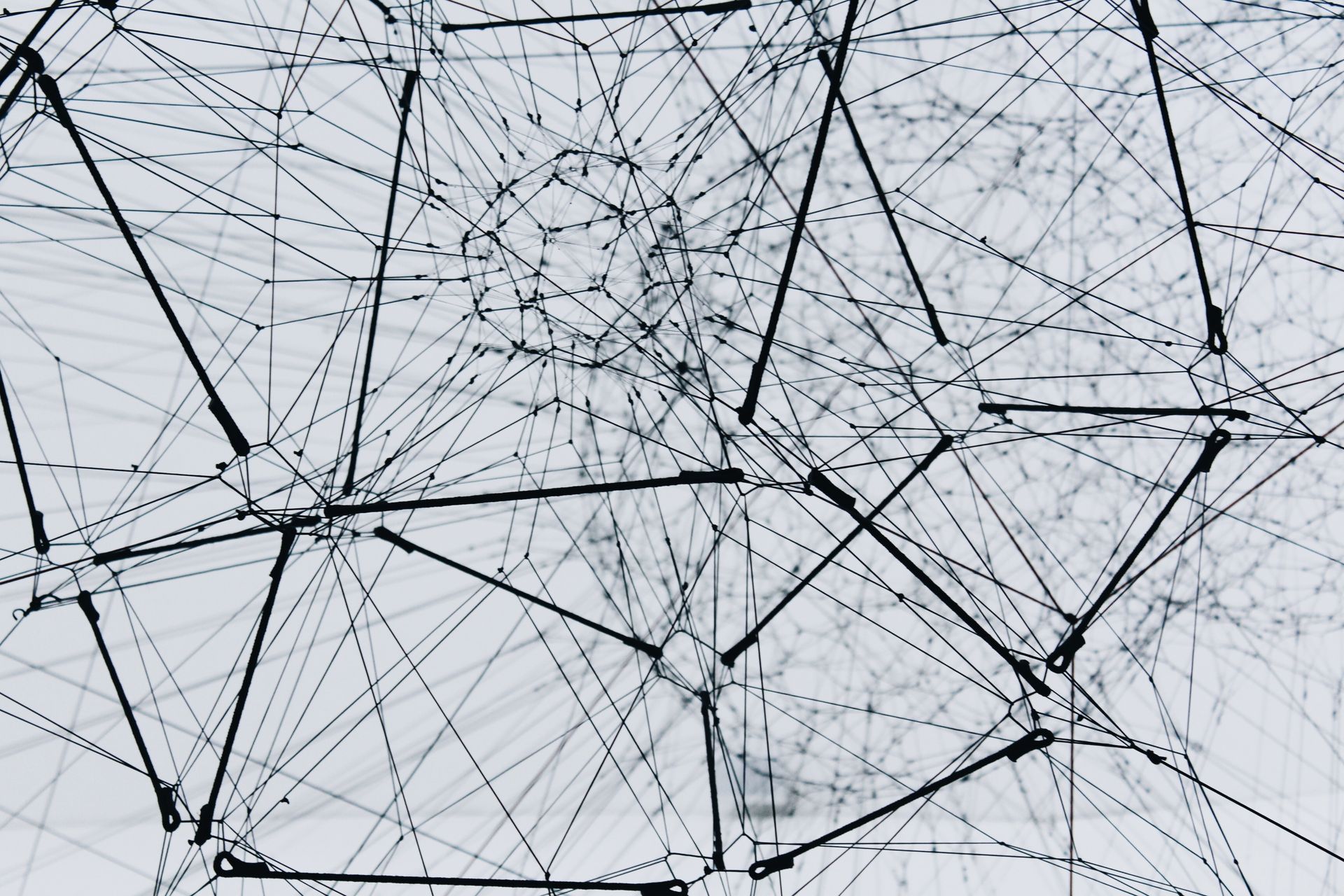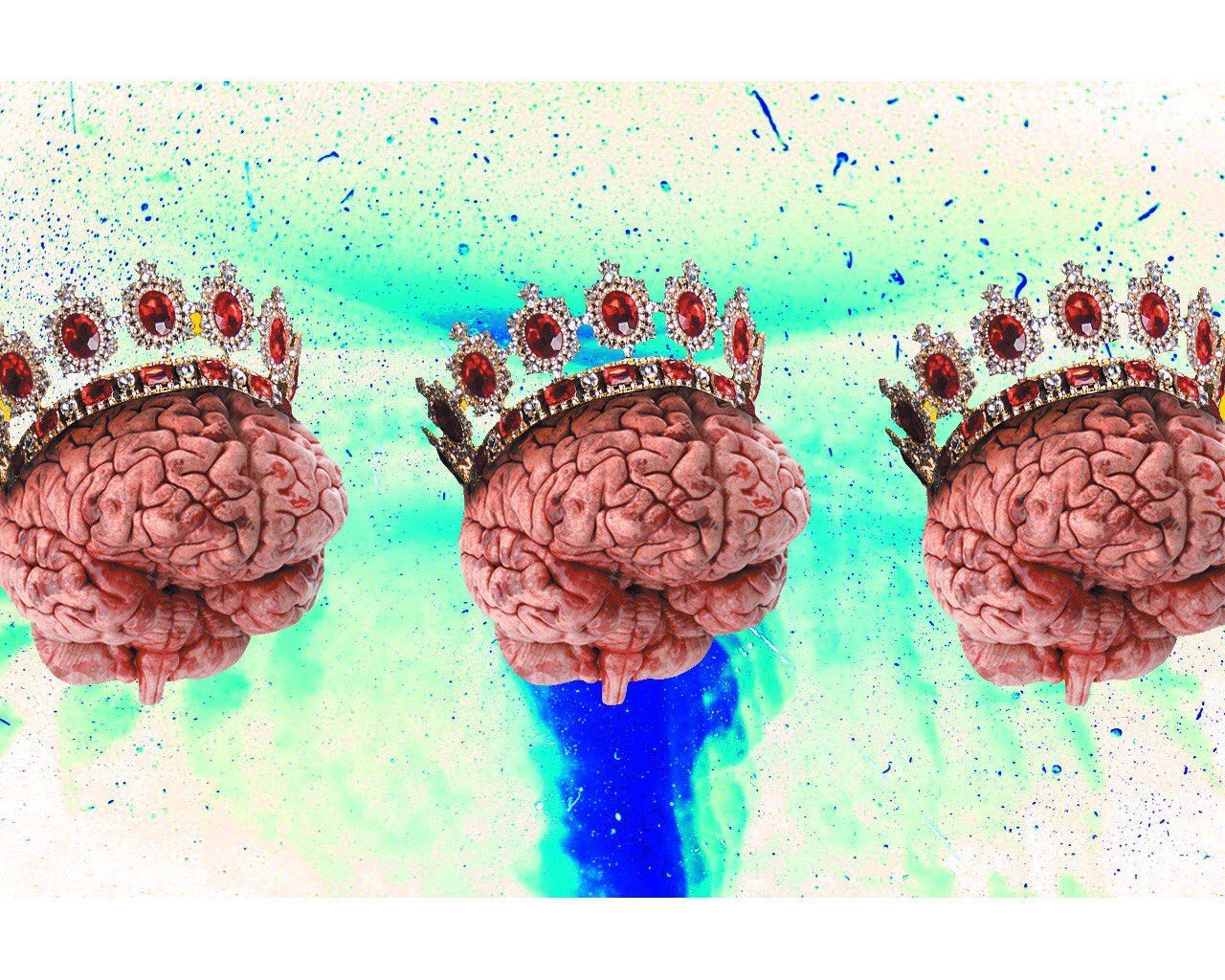The machiavellian brain
Evidence of structural change from behavior

In my other article (https://www.psycho-social.com/politcal-psychology-basics) the basics of political psychology I mentioned Niccoli Machiavelli, famous for his writings about how to think and behave if you wish to attain political power. The methods involved include manipulation, using people, and in general just being a sneaky unethical person. I was going to do a psychological profile on Machiavelli but in research I found something better. In this article I will disseminate a study one Machiavellianism within the structures of the brain. To put it simply I’’ explain the basics of Machiavellianism, as well as evidence that the structures in the brain are different in people with high Machiavellian traits. I will explain which structures are impacted and why as well as how Machiavellianism is measured and how the brain structures were also measured and compared against the Machiavellianism scores.
Machiavellianism: personality usually entails the use of deception and manipulation to achieve more, and gain power, status, or material wealth. Using socially offensive and/or unethical tactics to accomplish this. Typically show distrust in others, categorizing them as threats. They are ambitious and have goals but lack emotional and social understanding, show little empathy, and have less emotional and general intelligence. They strike first without provocation. Taking advantage of others for short term gain, usually against others self-interest. They seem to be good at impressing or integrating with superiors despite low competence and performance.
The profile they hypothesized would be high Machiavellians showing relatively low mental, social and emotional abilities while having strong ambition for status and wealth. A need for achievement while also being frustrated. To compensate for having strong desires and high frustration they have a cynical world view and distrust of others. They would regularly if not habitually try to manipulate others at any cost. Being able to cheat without being caught is the most desirable situation to them.
The research hypothesized that salespeople that have high scores in Machiavellian intelligence (MI) using the Mach IV Machiavellianism scale would have changes in gray matter volume in the brain. Specific brain areas include the basal ganglia, prefrontal cortex, insula, and hippocampus.
These traits and behaviors are thought to begin in development following principles of neuroplasticity. Changes in the synaptic organization based on interactions in the environment compounding with more interactions creating more synaptic changes that affect further interaction in the environment. Other research cited shows interaction within the environment causes local changes in the brain to include changes in dendritic length increases or decreases in spine density, synapse formation, increased glial activity and altered metabolic activity. As an example, the brains of musicians and non-musicians, and navigation brains of taxi drivers against non taxi drivers. This suggests that gray matter volume can be induced over time depending on the social environment.
So, lets tie it up and recap simply, the traits of the Machiavellian happen over time and are strengthened in the brain and changes the brain structurally which starts a cycle of the environment changing the brain, then changing interaction in the environment which again changes the brain. Let’s now take a closer look at what happens within the brain. When sneaky social behavior occurs and is successful in its aim this activates a dopamine release. So, the researchers hypothesized that there would be a difference in the brain that manages certain functions related to dopamine and reward seeking.
basal ganglia. Reward seeking in a social context is managed here. Let’s look at the parts within. The 2 main components of the basal ganglia are the striatum and the pallidum. The striatum within the basal ganglia has 2 parts, the caudate and the putamen. Caudate is incorporated in learning and memory and is interconnected with the ventral tegmental area (VTA). The VTA being the reward system manager involved in goal seeking. Putamen is involved with social cognition, mainly intuitive actions and predicting other actions.
The prefrontal cortex, and in this study the orbital frontal cortex (OFC) is where planned social behavior is managed. Self-monitoring and appropriate interpersonal behavior. The OFC is also responsible for adjustment after an experience. The lateral OFC handles reversals in rewards and predicts changes in a key piece of the Machiavellian brain. It also handles suppression of negative emotions.
The insula, with its integration to the amygdala and nucleus accumbens and OFC also hands suppressing emotional info, this is the coping area of the brain. Its also involved in inequity and risk perceptions.
The hippocampus, is all the memory functions, formation and retrieval about declarative and context-based information as well as events that were lived. Psychopaths show lower hippocampus involvement whereas Machiavellians relate context information to rewards. That means that psychopaths don’t really record the context or the experience it doesn’t seem real to them, but Machiavellians will recognize cues in an event that they can exploit for gain.
Let’s look at the original hypothesis again, will salespeople who rate high on the Mach IV show differences in gray matter? The researchers controlled for age and years of experience because they will be determinates of the development of grey and white matter within the brain. Salespeople, due to the nature of their job interacting with people from inside their circle, colleagues, and outside, customers, have a unique social environment that determines their success. Machiavellians can influence peers and colleagues and outmaneuver them for gain. Short term alliances, integration, hiding low performance and ambition to reach long term goals will be present and change development in the Machiavellian salespeople.
The measures. 43 people were tested with the Mach IV scale and then MRI scans were done to compare scores against the physical structures of the brain. Questions from the scale were graded 1-7 (1 = Totally agree, 7 = totally disagree). One example of a question is “never tell anyone the real reason you did something unless its useful to do so.” The MRI was analyzed using VBM, a very detailed and precise analyses method. VBM5 uses the general linear model to show regions of gray matter specific to the study. In the first general linear model with only age as a covariate showed 14 positive differences in brain size between high and low Mach IV scores. MEANING higher Machiavellian scores were related to bigger brain sizes in the areas we identified as related to those behaviors! When both age and experience were considered, there were no significant negative differences in brain size and Machiavellian traits. Significant positives differences were found in the basal ganglia, the left prefrontal cortex, bilaterally in the insula, and in the right hippocampus. This means that the Machiavellian traits are noticeable in more specific regions of the places hypothesized. Yes, the prefrontal cortex is involved in the behavior but specifically the left prefrontal cortex.
In conclusion, those traits and behaviors first identified by Machiavelli back in the 1500s can be identified in parts of the brain. Development of the behaviors happens early and is a part of a cycle. Behavior in the environment affects the brain structures therefore affecting behavior in the environment again. If these behaviors can be identified by brain structure, then other behaviors probably can as well. Personality affects brain structure, which affects personality which affects brain structure. I’m sure we’ve all heard that success is a habit so its probably safe to assume that it also affects structures in the brain much like the Machiavellian model. That would mean we should take a great look at our behavior and thoughts as well as consider their impact on the vicious cycle of affecting the structure of our brains and then future behavior. (effects of success on the brain coming soon).
Jake O, the mastermind behind Psycho-social.com, a connoisseur of the human mind armed with a psychology degree from Oregon State University (Go Beavs!), bringing you insights into the enigmatic realm of the psyche.
Share down below & Subscribe for updates
Source
Verbeke, W. J. M. I., Rietdijk, W. J. R., van den Berg, W. E., Dietvorst, R. C., Worm, L., & Bagozzi, R. P. (2011). The making of the Machiavellian brain: A structural MRI analysis. Journal of Neuroscience, Psychology, and Economics, 4(4), 205–216. https://doi.org/10.1037/a0025802










